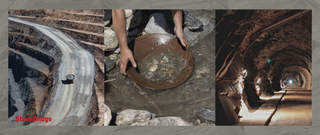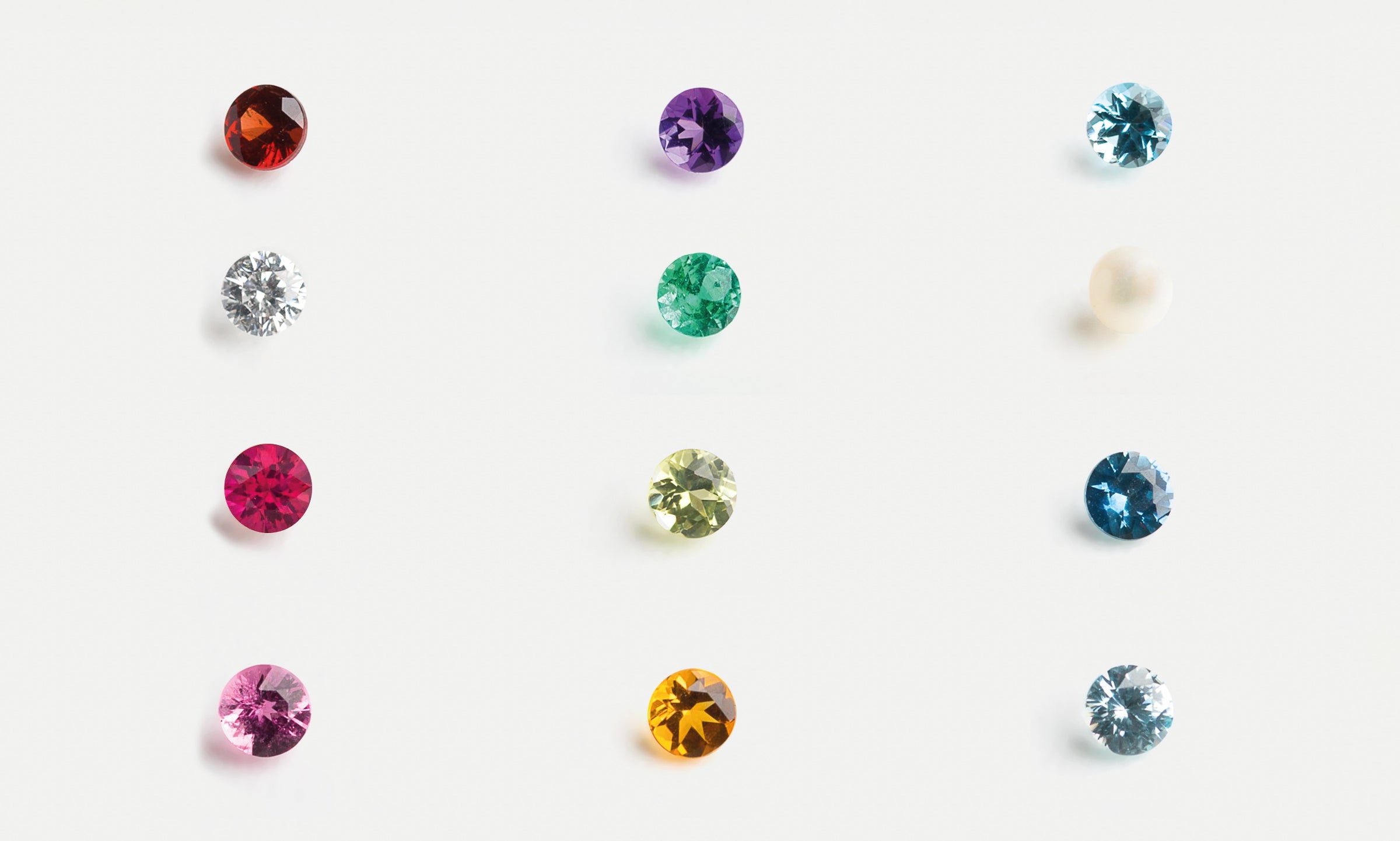Updated July 19, 2023 by Alexandre Baillairge
In our previous blogs, we learned that mining is the process of extracting raw materials from the Earth. These valuable resources include minerals, metals, and gemstones.
We also established that mining, as long as it's ethical and responsible, is vital to a society's progress.
Mining is a generic term which describes the excavation of a deposit to obtain the resources we need. It covers many different methods. The type of method used depends on what raw material is being targeted in the operation.
In this article, we focus on the main approaches in extracting gemstones and what happens during these operations.
Surface Mining
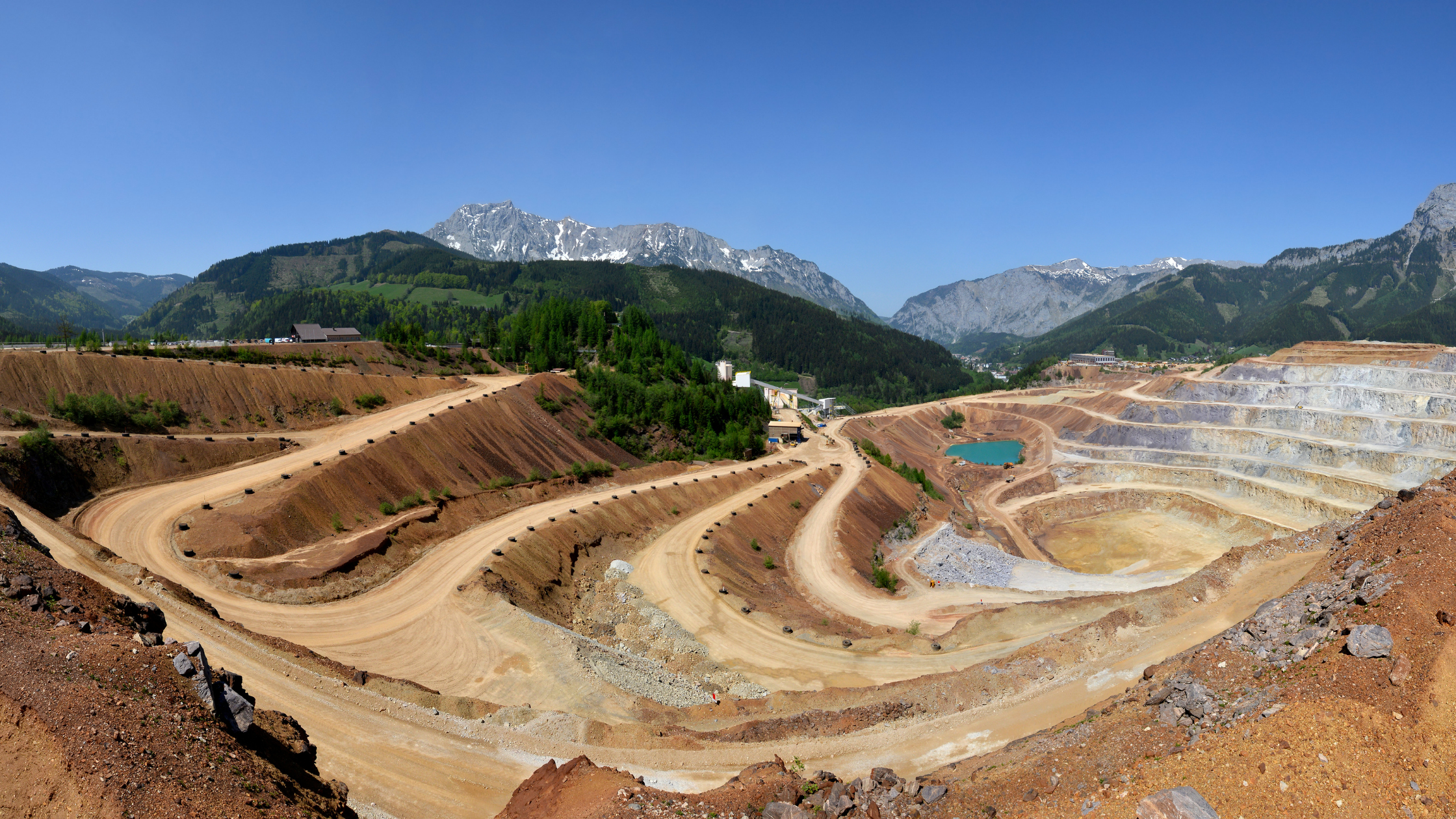
This technique is often used for shallow deposits where the gems are near the surface of the ground. Plants, soil, bedrock, and other surface features are removed to reach the location of the gemstones.
There are 2 types of surface mining methods:
1. Open-pit mining - It involves digging downwards until the surface is exposed, eventually creating a pit. For the safety of the miners, stepped sides are created around the pit to lower the risk of collapse. There are also ramps that allow ease of access to trucks and mining equipment.
Once gem-bearing rocks are extracted they are washed by high-pressure jets of water to obtain the gemstones.
A water management system is in place to prevent an active mine from becoming a lake. After the operations have been completed, the open pit is rehabilitated. This is done by filling it up with topsoil and planting vegetation.
Open pits can be vast, some measuring up to 1 kilometre wide as is the case for diamond mines. Coloured stone mines are typically smaller. This is the common extraction method for mining gold, silver, diamonds, and metal ores.
2. Strip mining - This mining method is employed in shallow deposits where a mineral layer is covered by soil or rock, typically near tectonic plates. This layer of undesired material is called overburden. The overburden is stripped by using an industrial shovel or dragline to expose the deposit.
Underground Mining
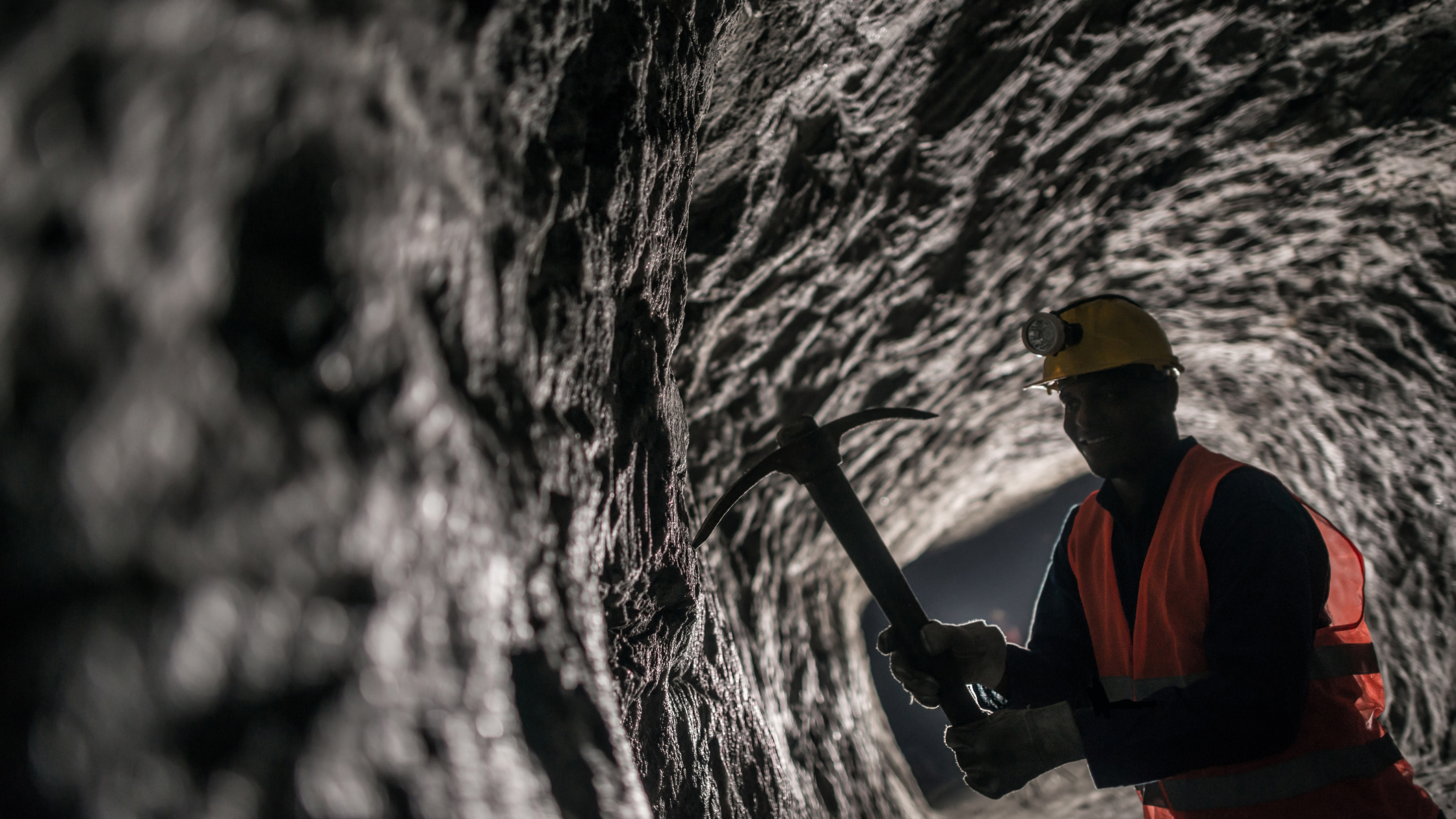
Surface mining collects gems from shallow deposits, while underground mining extracts gemstones from beneath the Earth's surface.
In this technique, shafts and tunnels are dug underground to access buried deposits. A vertical or horizontal tunnel is built to connect passage from the surface to the underground mine.
Underground mining is done in a number of ways:
1. Chambering - This describes the process where a vertical shaft is sunk into the gem-bearing rock near the vein. From the shaft, tunnels are drilled into the vein at different levels. To retrieve the gemstones they are blasted and transported to the surface through the shaft.
2. Block caving - Block caving is a method used for diamond mining. This technique involves excavating beneath a rock formation that contains diamonds, typically located 400 to 600 feet below the surface. Once the excavation is complete, the rock is allowed to collapse naturally, facilitating the extraction of the diamonds.
To catch the rock, miners create an undercut, a horizontal surface from which the ore collapses. Then right under the undercut, large rock funnels called draw-bells are excavated where the rock should fall. The rock is transported via the main shaft and then to the surface.
3. Tunnelling - This technique is great for when a gems form as a seam near the surface of the Earth. To retrieve the gem, a tunnel is built from the surface to the exact location of the gem-bearing rock. The rock is then mined by blasting holes, drilling holes with tunnel boring machines, or pickaxes when miners need to be careful. Tunnelling is done at some emerald mines in Columbia.
There are a few considerations to make before conducting underground mining. It is only best when:
- The ore is situated too deep into the mine
- Underground mining has a lower ground footprint compared to open-pit mining
- The quality of the ore is high enough to compensate costs
River Digging

Several species of gemstones can be found in bodies of water like lakes and rivers. Examples of these gems are amethyst, agate, beryl, garnet, jasper, opal, ruby, and topaz. The process of collecting these stones is called river digging.
River digging comes in 2 methods:
1. Wet digging - This method is also called panning. The gemstones are collected as the small rocks and sediments are washed in the river.
The miner determines the locations in the riverbed that has gravel that may contain gemstones. Next, the miner fills a large pan with water and shakes it back and forth. This is to separate the light and heavy materials and to remove the rocks.
These steps are done repeatedly until at least a tablespoon of gemstones and sediments is obtained.
The famed Lake Michigan agates are a popular example of gems collected through wet digging. Rock collectors love these beautiful stones for their unique bands and hues of orange and blue that almost glow.
Agates formed from various materials that settled at the bottom of the lake. These materials include dust, animal waste, and other substances. Over time, these materials melted and hardened due to the Earth's heat.
2. Dry digging - With dry digging, miners use dams to block the flow of the river at both ends. They then create a canal to divert water flow. The goal is to create a dry portion of the river that miners can use to gather gemstones. They sieve or filter the gravel in this dried-up rock bed to collect the gem rough.
How Our Best Selling Gems Are Mined
We're often asked how some of our popular stones are extracted. So to give you an idea, here's a walk-through of the process of mining each gemstone in our collection as well as their mine of origin.
1. Quartz
Origin: Minas Gerais, Goiaz, and Baia in Brazil
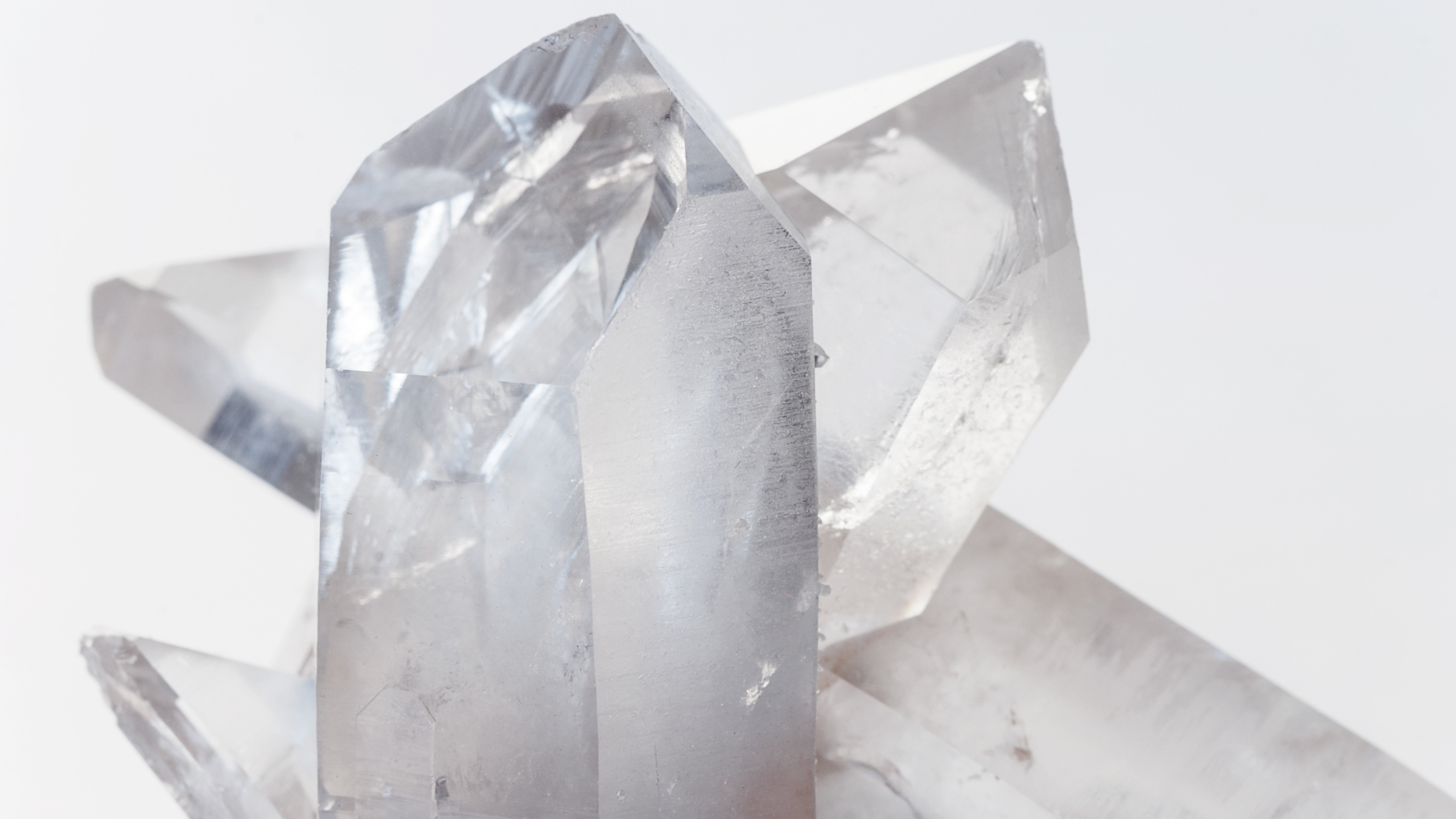
The most important quartz deposits in Brazil are in the states of Minas Gerais, Baia, and Goiaz. The quartz deposits in these locations are classified as pegmatites; veins and composite lodes; blanket deposits; pipes and pockets; and alluvial and eluvial deposits. They yield a combination of clear quartz and milky quartz.
Individually, the deposits are very small producers and are spread throughout a large area. The deposits occur in deeply weathered rocks. This is why open-pit mining is employed, although the use of machinery and explosives are not necessary.
Mining activities in these regions are mostly done by independent or freelance miners who do their own digging. They move from one mine to another as soon as a deposit is worked out and other grounds are open somewhere.
2. Amethyst
Origin: Pau d'Arco and Rio Grande Do Sul, Brazil and Thunder Bay, Canada

In Pau d'Arco, amethyst is recovered from pits and tunnels. The pits are only 2 to 3 metres deep. Using picks and shovels, miners collect the amethyst by digging downward (1 to 3 metres below the surface) into layers of sediments. Then the miners remove the rocks and sediments and wash them off to reveal the amethyst.
In Rio Grande do Sul, mining is done using simple hand tools or heavy equipment. Open-pit mining is also a common method used, but other methods are also explored.
Amethyst mining in Thunder Bay in Ontario is done by hand with the use of chisels and hammers. Amethyst are found in quartz veins that open up into vugs lined with crystals. The amethyst is dug out carefully to keep the crystals from being damaged.
3. Obsidian
Origin: Guadalajara, Mexico
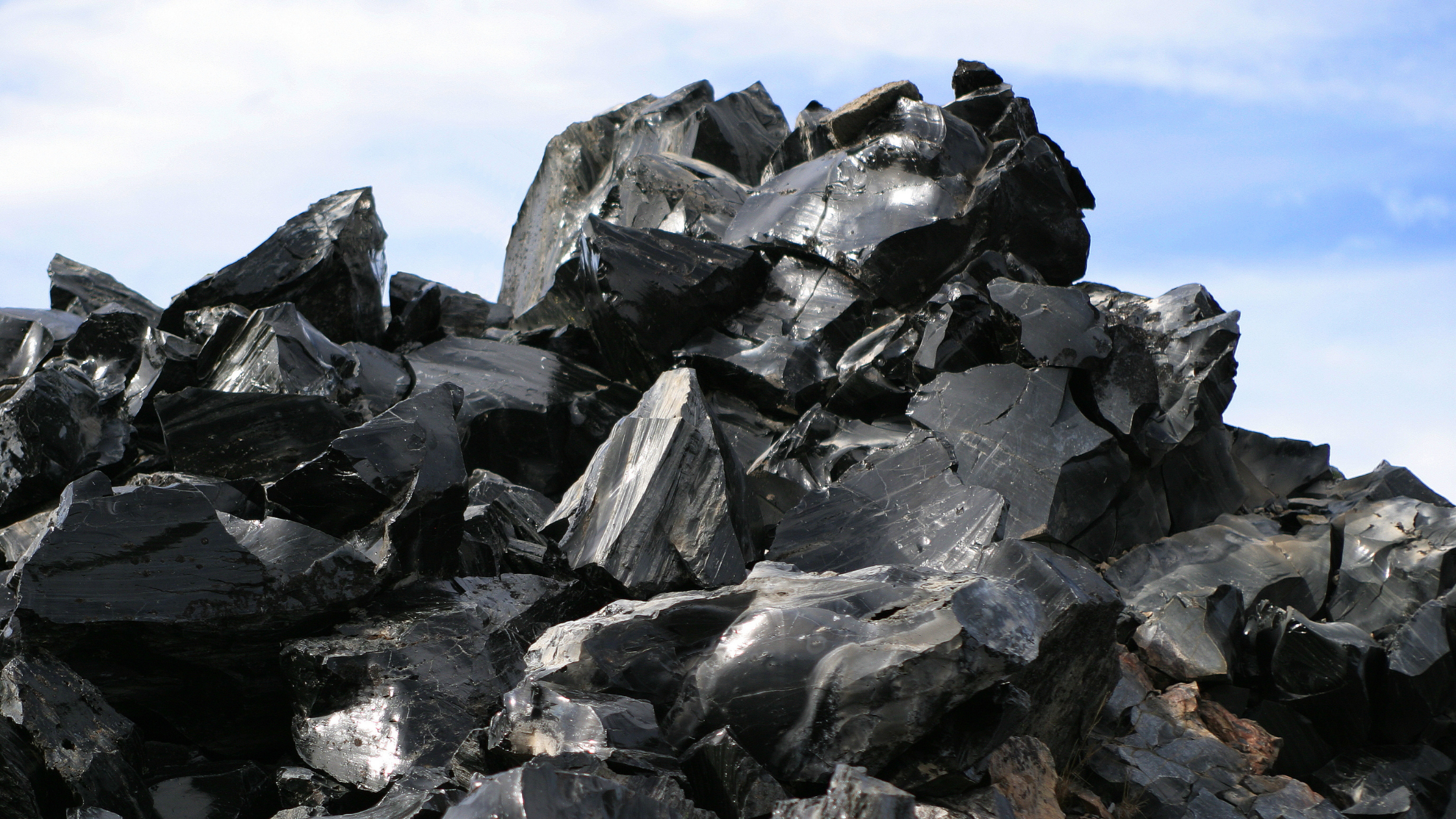
The city of Guadalajara in western Mexico is home to large deposits of obsidian, making the city the world's third largest producer of obsidian. Called a volcanic glass, obsidian forms from rapid-cooling lava.
It is said that West Mexico's obsidian started from the oozing lava of the Tequila Volcano when it erupted some millions of years ago.
In past years, Guadalajara had been so abundant with obsidian that ancient miners didn't have to dig more than a metre to collect all the obsidian they needed. The area has various colours of the glass, including black, blue, gray, red, and mahogany-coloured ones. The colours depend on the mineral inclusions present in the stone.
Obsidian deposits can be found in the mountains and forests where they are dug out and picked manually (with utmost care, as raw obsidian has sharp edges). Obsidian can also grow as large chunks on walls of caves. Miners chisel away parts of the walls to retrieve the glass.
4. Tourmaline
Origin: Minas Gerais, Brazil

One of the major tourmaline sources in Brazil is the Cruzeiro tourmaline mine in Minas Gerais. For the past 5 years, the mine has averaged more than 8 tons of tourmaline in various colours.
Its mining area consists of 4 parallel and unweathered pegmatites containing tourmaline crystals. The tourmalines are embedded in the walls of the pegmatite (a pattern called staining). Some crystals are in pockets. Miners extract them with a pick and other hand tools.
The rough crystals are then washed by hand. They are placed in wire baskets submerged in water. The baskets are shaken in a circular motion to wash off overburden so only the larger crystals remain. Once they're cleaned, the crystals are wrapped in newspaper for protection.
5. Labradorite
Origin: Madagascar
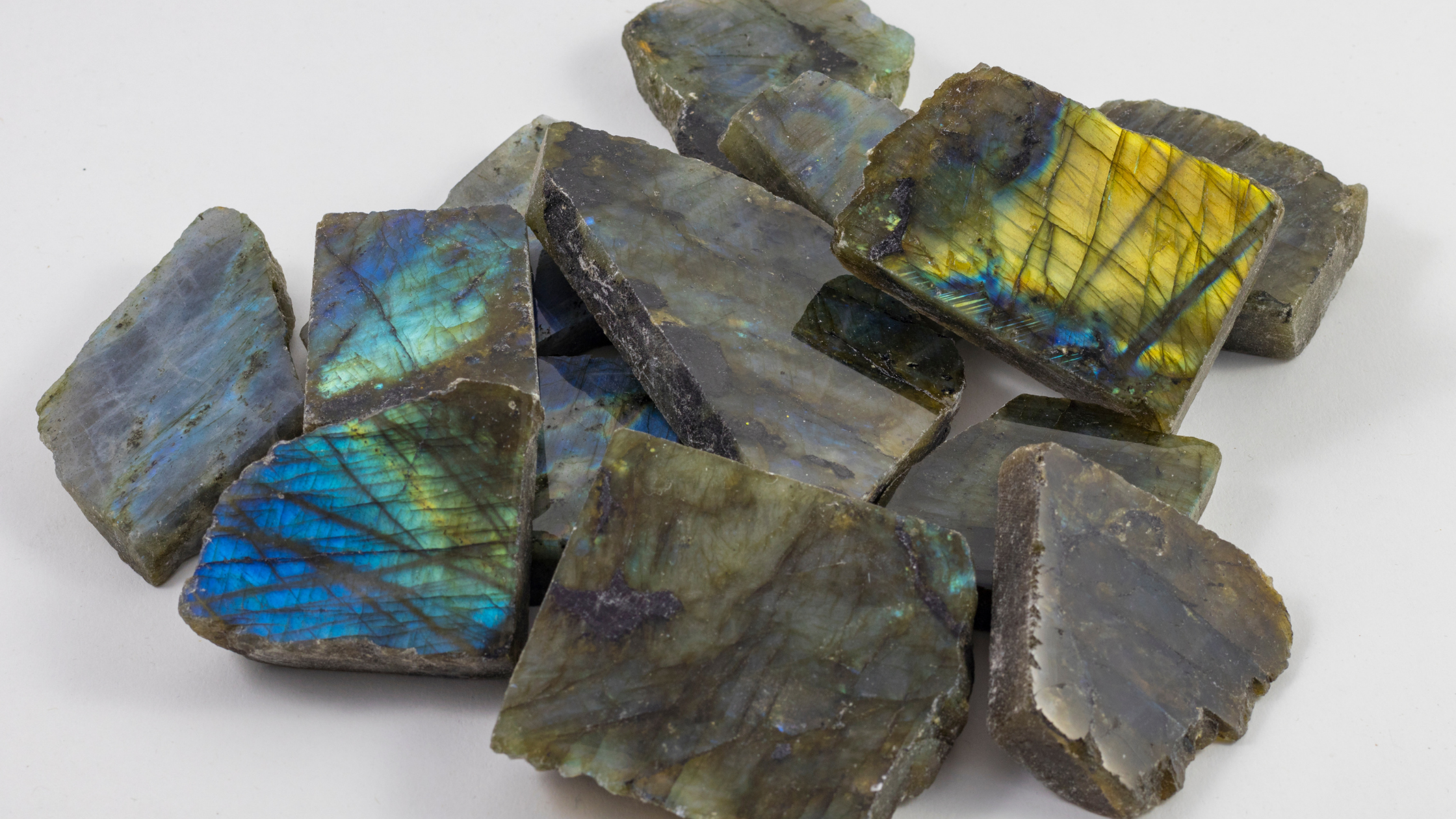
There are many methods to mine this bluish-purple variety of feldspar. It can be found in public mines where workers use hammers and pails to extract the mineral.
Labradorite found on shallow deposits are mined through open-pit method. But that is not until the depth of the deposit has been determined using a large drill.
Some labradorite minerals are found deeper in the Earth. In this case, they are delivered to the surface through underground mining. This is done using a continuous miner that bears holes in the walls of the mine, or the drill and blast method. The rocks are then removed and the labradorite is processed for commercial uses.
6. Ammolite
Origin: Southern Alberta, Canada
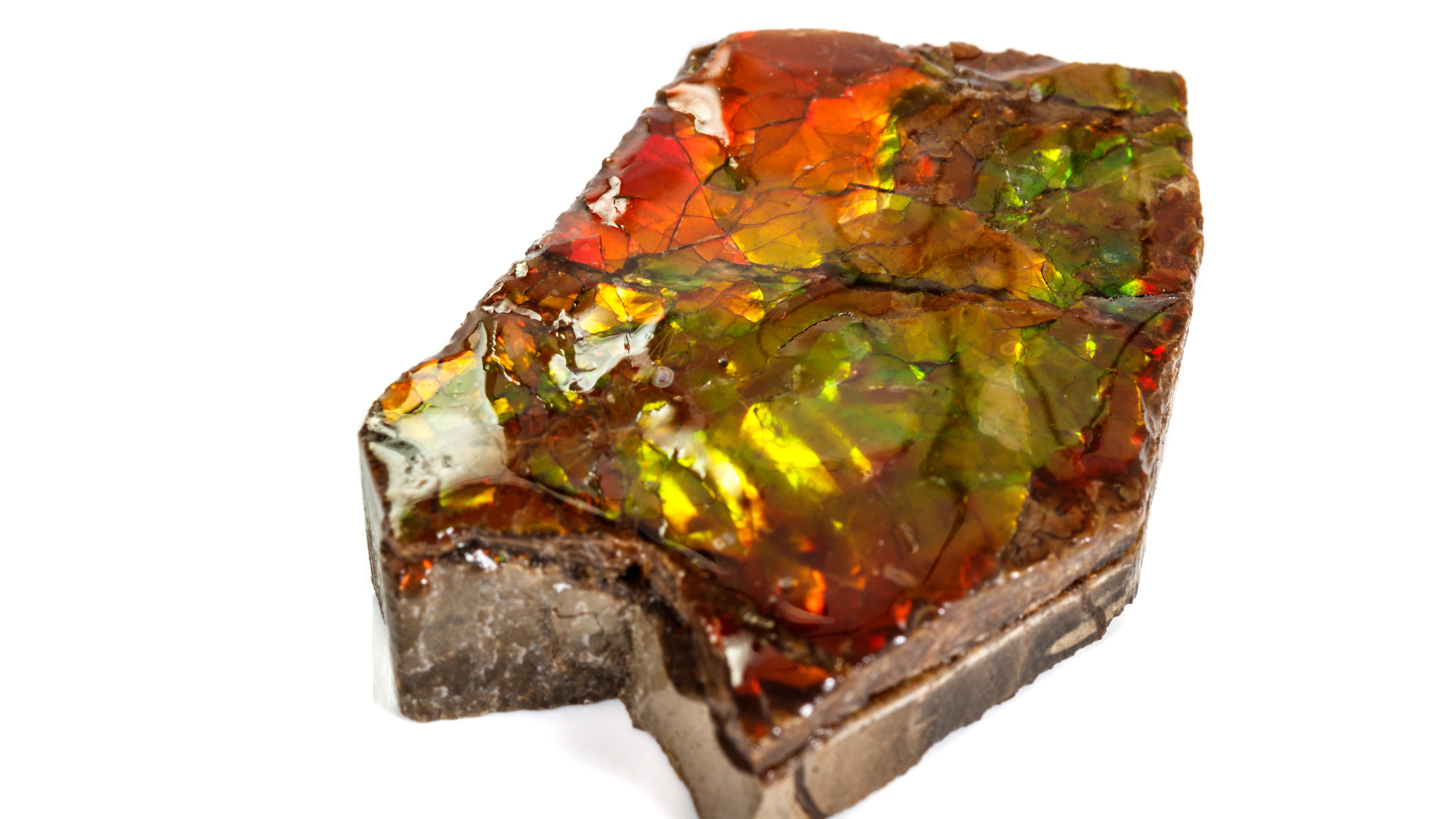
Ammolite mining happens in the Bearpaw Formation which extends from Alberta to Saskatchewan and into Montana. The operation is performed through open-pit mining.
Pits as deep as 100 metres are dug to reach the location of the ammolite-bearing shale. The shale is examined closely to screen its gem content.
7. Soapstone
Origin: Ouro Preto, Brazil

Soapstone is classified as a metamorphic rock originating from sedimentary limestone rocks. It also comes from basic or ultrabasic rocks produced through the alteration of magnesium silicate.
Talc-based soapstone is mined through an open-pit method. The topsoil is removed using a backhoe loader, shovel, pickaxe, spade, and crowbar. A crowbar is used to dislodge the mineral. Soapstone is cut using a saw and polished with a wood lathe.
Regardless of what environment your gemstone grew in, there's always an appropriate method to extract them so you can enjoy their benefits!
Sources:
Smith, B. (2019, October 8). A Guide to the Four Main Methods of Mining. AZO Materials. Accessed at https://www.azom.com/article.aspx?ArticleID=18547
How They Do It: Gemstone Mining. (2017, December 20). Gemporia. Accessed at https://www.gemporia.com/en-us/gemology-hub/article/793/how-they-do-it-gemstone-mining/
Types Of Gemstone Mining Methods. (n.d.). Gemstone Buzz. Accessed at https://www.gemstonebuzz.com/education/types-of-gemstone-mining-methods/#open-cast-mining
Digging Deeper: Mining Methods Explained. (n.d.). AngloAmerican. Accessed at https://www.angloamerican.com/futuresmart/stories/our-industry/mining-explained/digging-deeper-mining-methods-explained
Block Caving. (2014, October 20). Ground Truth Trekking. Accessed at http://www.groundtruthtrekking.org/Issues/MetalsMining/block-caving-underground-mining-method.html
Taylor, S. (2017, April 24). How Is Labradorite Mined?. Sciencing. Accessed at https://sciencing.com/how-gold-mined-australia-4913246.html
Butler, R., Stoiber, R., & and Tolman, C. (n.d.). Geology of Quartz Crystals Deposits. American Mineralogist. Accessed at http://www.minsocam.org/msa/collectors_corner/arc/quartzdep.htm
Pint, J. (2009, December 16). Obsidian in Mexico: Gift of the Gods. Mex Connect. Accessed at https://www.mexconnect.com/articles/3565-obsidian-in-mexico-gift-of-the-gods/
Epstein, D. S. (1988). Amethyst Mining in Brazil. Gems & Gemology. Accessed at https://www.gia.edu/doc/Amethyst-Mining-in-Brazil.pdf
Hsu, T., Lucas, A., McClure, S., Padua, P., & Pay, D. (2015, March 27). Expedition to the Cruzeiro Tourmaline Mine in Minas Gerais, Brazil. GIA. Accessed at https://www.gia.edu/gia-news-research-cruzeiro-tourmaline-mine-expedition
Our Story. (n.d.). Diamond Willow Amethyst Mine. Accessed at https://diamondwillowamethyst.com/pages/our-story
Ammolite Mining. (n.d.). Ammonite Factory. Accessed at https://www.ammonite-factory.com/mine
Water Management in Mining: A Selection of Case Studies. (2012, May). International Council on Mining & Metals. Accessed at https://www.commdev.org/pdf/publications/Water-management-in-mining-a-selection-of-case-studies.pdf
Magoon, L. (2004). 2.2. Overburden Rock. Science Direct. Accessed at https://www.sciencedirect.com/topics/engineering/overburden
Spoto, C. (2016, November 5). A Local Gem – Rock Hunter Showcases Agates Found Only in Racine. The Journal Times. Accessed at https://journaltimes.com/news/local/a-local-gem----rock-hunter-showcases-agates-found-only-in-racine/article_7aa5155e-9ef6-5677-8a39-9e37e02243fb.html


